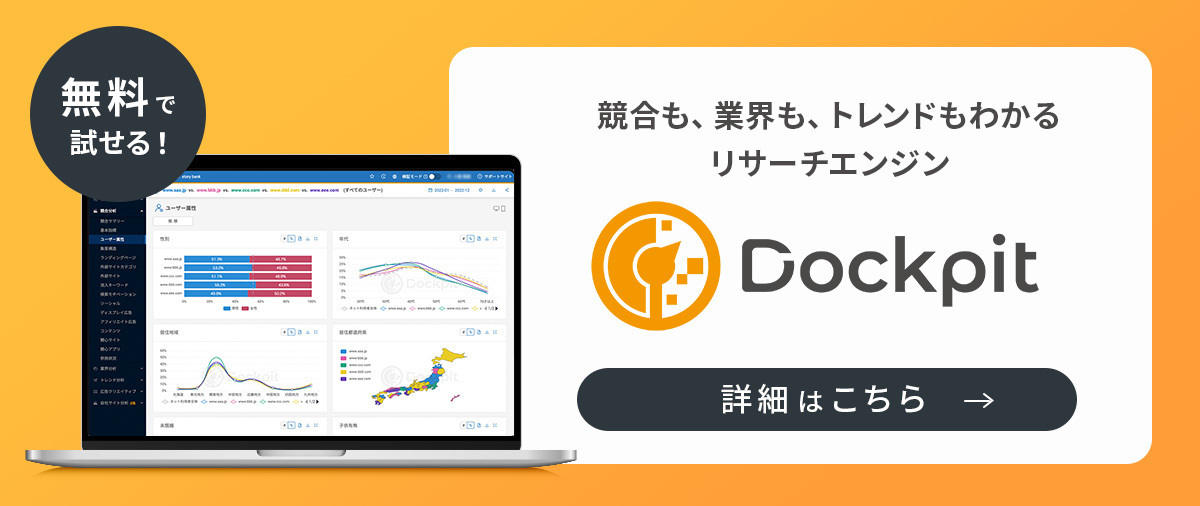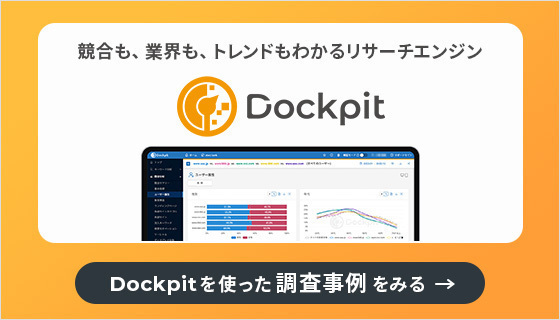SDGs x real themes of interest among consumers
The number of companies taking SDGs-related initiatives is increasing every year. According to the results of a survey of over 10,000 companies conducted by Teikoku Databank, 27.4% of companies are currently taking some kind of initiative, and if you include companies that are planning to do so in the future, 53.6%, or more than half, of the companies are working towards the SDGs. Some respondents said that they are taking mindful actions.

The themes of SDGs
On the other hand, those in charge of the SDGs initiatives have concerns about which theme out of the 17 goals should they start with, and those who are already working on the SDGs-related initiatives are asking how they can get people to know more about our company’s SDGs initiatives. Many companies may find it difficult to find effective points of contact with these consumers and find their target segment.
In addition, company employees in charge of developing products while considering the SDGs are thinking about whether the time and money spent toward the SDGs will affect consumption and how much of an impact will it have on business. Some people were worried that only a portion of the segment is interested in the SDGs.
Therefore, we first analyzed the level of awareness regarding the term SDGs among consumers and their behaviors. The graph below is based on a survey of more than 15,000 people in Japan conducted by our company in 2022 and is a graph illustrating the active practice of SDGs-related behaviors and the level of awareness of SDGs by gender and age group. Light green indicates those who are aware of the SDGs, and dark green indicates those who are practicing them.

The active practice of SDGs-related behaviors and level of awareness (by gender and age group)
For both males and females, the number of SDGs-related behaviors and high level of awareness among those 10 to 19 years old stands out, but on the other hand, the next generation to be aware of the SDGs is those in their 60s and above for both men and women.
It is said that "Generation Z = high interest in SDGs," but when we actually surveyed it, we found that although the penetration rate of the SDGs among teenagers is certainly high, considering that Gen Z includes people currently 27 years old and under, it is clear that the interest in the SDGs is not limited to young people.
On the contrary, around 10% of people of all genders and age groups except those between 10 to 19 years old were practicing SDGs-related behaviors. The reality is that there is a certain number of people who are interested in the SDGs, and they are evenly distributed across all generations. Considering the size of the population, it seems that people in their 60s and above are a large target for the SDGs.
■Differences between corporate initiatives and consumer interests
Next, let's introduce some of the 17 SDGs indices that consumers are interested in.
For comparison, if we look at initiatives that companies are focusing on, Teikoku Databank's survey results show that “Decent work and economic growth” was ranked first, and “Affordable and clean energy” was ranked second. Themes related to the working environment and industry stand out.

SDGs themes that companies are focusing on
On the other hand, when we surveyed and analyzed the themes that consumers are most interested in, we found that the top choices were “No poverty” and “Good health and well-being.” Poverty, health, and welfare areas are at the top of the list.

SDGs themes that consumers are interested in
If you compare the themes that companies are focusing on, you will notice that the top-ranking themes are quite different.
Since themes related to the working environment and industry that are easy for companies to tackle are not of high interest among consumers, if consumers are not paying attention to your company’s SDGs initiatives, there may be a discrepancy in the themes being taken on.
■The themes of interest are different for males in their 60s and females 10 to 19 years old
Additionally, when comparing the top themes of interest among males in their 60s and older and females 10 to 19 years old, there were differences.
It appears that males in their 60s and older are more interested in themes related to environmental conservation, such as climate change, marine life, and energy, while females 10 to 19 years old are more interested in themes related to equality across gender and nations.

Themes of interest for males over 60 and females 10 to 19 years old regarding the SDGs
As reasonings behind this, it can be inferred that familiar themes are directly connected to the SDGs of interest, such as people over 60 having grown up during a time when environmental destruction began and became an issue, and women and young people being affected and interested in gender equality. Differences in trends based on gender and age group can also be said to be a difficult point in implementing SDGs initiatives.
We also used behavioral data to investigate the themes of interest in the SDGs by gender and age group and found that gender equality was the most important among young women, and energy and poverty were the most important for young men.
In order for companies to promote their SDGs initiatives, it seems necessary to understand the themes that their customers and stakeholders are interested in and design accordingly.

Gen Z has high interest in the SDGs, is that true? Reality of interest in the SDGs - PART 2
https://manamina.valuesccg.com/articles/2959How should companies address their SDGs initiatives for a positive response and effectiveness and create SDGs products that lead to business opportunities? Based on VALUES’ survey and online behavioral data, we researched “action / interest / non-interest" consumers to understand how to approach action/interest groups.

Gen Z has high interest in the SDGs, is that true? Reality of interest in the SDGs - PART 3
https://manamina.valuesccg.com/articles/2968How should companies address their SDGs initiatives for a positive response and effectiveness and create SDGs products that lead to business opportunities? Based on VALUES’ survey and online behavioral data, we researched “action / interest / non-interest" consumers to understand how to approach action/interest groups.
※日本語での記事はこちらをご確認ください

「Z世代=SDGs高関心」は本当か?アンケートとWeb行動ログから見えるSDGs関心層の実態
https://manamina.valuesccg.com/articles/2877企業がSDGsの開発目標に取り組む際、どんな点に留意すれば反応や効果が得られるのでしょうか。またSDGs関連商品を開発する際には、どんな切り口から商品化すればビジネスチャンスにつながるのでしょうか。 今回、ヴァリューズが行った約15,000人規模のアンケート調査とWeb行動ログ分析から、「SDGs行動層/関心層/非関心層」それぞれの生活者の実態を明らかにしました。結果から見える行動層/関心層へのアプローチ方法をご紹介します。 ※詳細なセミナー資料は記事末尾のフォームから無料でダウンロードできます。






















Born and raised in the Bay Area, U.S.A, I was fascinated by the different social and purchasing behaviors between Japanese and American consumers. I studied communication for undergrad and international marketing for my graduate studies. My professional background is in bilingual recruitment and Japanese-English translation.